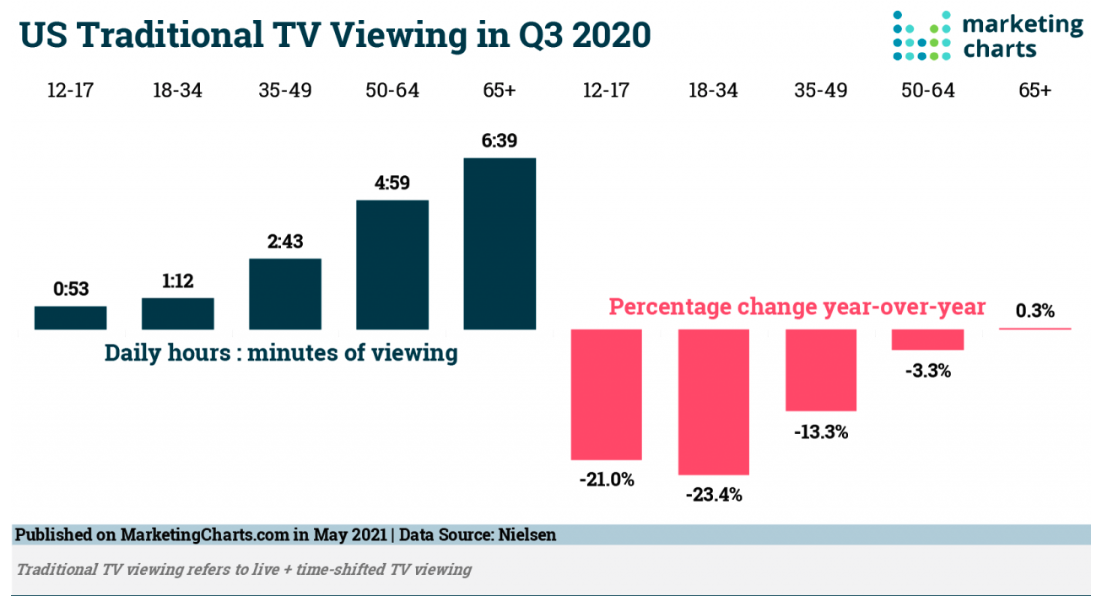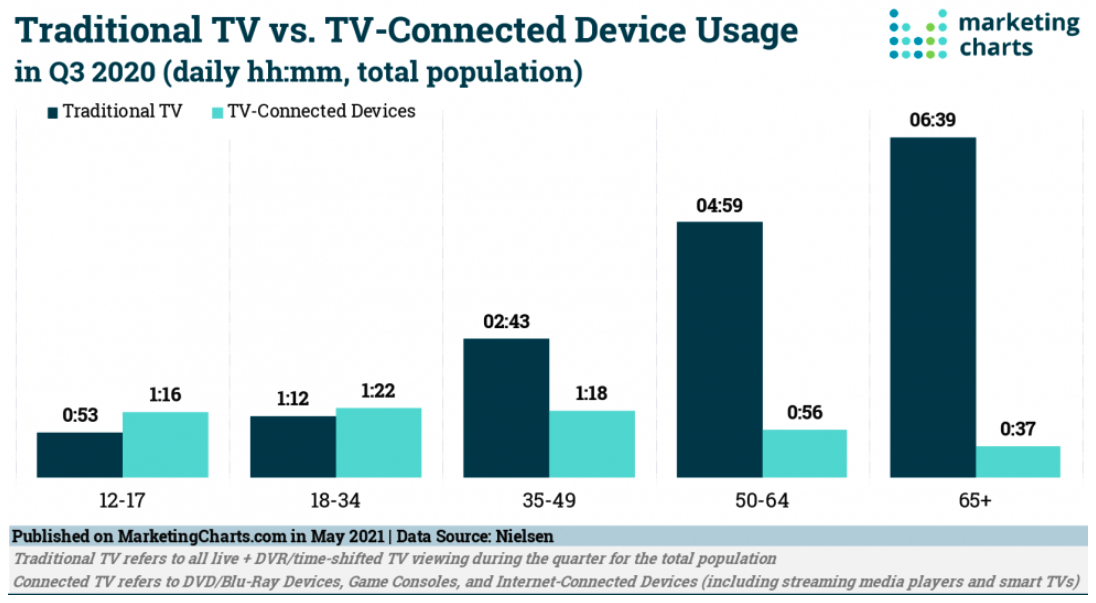Kid-safe attribution: Why SKAdNetwork is a huge boost for kids-focused apps
For everyone else in mobile marketing, the end of mobile advertising as we knew it happened just weeks ago when Apple finally released iOS 14.5. But kids-focused mobile app publishers had their privacy apocalypse way before: almost 18 months ago. Growth, measurement, and monetization in the kids category changed massively in early 2020, when Apple restricted access to the IDFA and other device and personal data in kids categories.
And back then, there was no SKAdNetwork to take the place of the IDFA.
Losing the IDFA in the iOS 14 privacy apocalypse and adapting to regular SKAdNetwork changes and updates has most mobile marketers living in a constantly changing Inception-style world.
But not publishers of kids’ apps.
SKAdNetwork: huge for kids’ apps
Because for kids apps makers, iOS 14.5 is a wonderful thing. These days are happy days. And the marketing measurement data they’re now getting — that every other marketer thinks is barely a trickle — seems like a flood to data-starved kids advertisers. And that could unleash a whole new round of investment and innovation in the children’s sections of the App Store.
Watch the interview with Kidoz co-CEO Eldad Ben Tora:
(Subscribe to Singular’s YouTube channel to get updates when we publish.)
User acquisition for kids apps slowed dramatically in January 2020 as publishers were left blind, says the co-CEO of Kidoz, the world’s largest kid-focused mobile ad network. Targeting moved to contextual, measurement meant that you got an install from somewhere by someone, but not much more. And post-install engagement and conversion data was totally nonexistent.
Now that’s all changing.
“IDFA was taken and they were … left blind,” says Eldad Ben Tora, co-CEO of Kidoz. “Many app publishers that wanted to do user acquisition stopped for about a period of a year … now [SKAdNetwork] lets publishers in an aggregated way, in a way that doesn’t harm or risk kids’ privacy, to understand the value of each source and to attribute revenue to this source.”
The result, Ben Tora says?
Smart user acquisition in the kid space is actually growing for the first time in 18 months. Publishers badly need growth … and now it’s possible in a safe and optimizable manner.
Safe attribution for kids with Singular
Which means it’s good time for Singular’s privacy-compliant child-safe attribution product, which abides by the strictest COPPA (Child Online Privacy Protection Rule) and GDPR guidelines, and is a member of the PRIVO Kids Privacy Assured Program.
“Singular specifically looked at the kids market and they understood that the need for kid-friendly attribution exists, and kid-friendly attribution wasn’t really addressed by the other players,” says Ben Tora. “No-one said: ‘we provide safe attribution for kids,’ and I’m very happy that Singular said so.”
The result, Ben Tora says, is good, usable marketing measurement: impressions, clicks, installs, and revenue … all while maintaining full user and device privacy.
Listen to the interview on Growth Masterminds, Singular’s podcast:
Today that’s more important than ever because advertisers are losing their access to kids. Kids make up more than 30% of all internet users and 40% of all new users (unsurprisingly), so they’re a critical demographic … maybe even the biggest market out there, Ben Tora says.
But how they access media is changing.

“[Advertisers] pretty much lost their number one channel, which used to be TV,” he told me. “If they do watch TV, they watch Netflix and other streaming services.”
In fact, connected streaming media is now a majority of TV time for kids and young people, according to MarketingCharts and Nielsen:

Better monetization for kids apps now
So there’s been a disconnect in the market: kids have switched from big devices on walls to small ones in hands, and advertisers have not been able to reach them effectively on those small devices. Meanwhile, kids app publishers had a different but related problem.
“We saw the frustration from advertisers on one side,” says Ben Tora. “They say ‘I want to reach kids, but I can’t really understand how,’ and we saw the publishers on the other side saying, ‘well, we have tons of kids using us, but we can’t really monetize.’ And we said okay, let’s just match those two together.”
Now with iOS 14.5 and SKAdNetwork, measuring monetization is possible. There isn’t the wealth of information that IDFA traditionally provided, no … but there’s also not a total gap. Publishers can see the revenue attached to new user acquisition, at least in the first few days, and that helps them make optimization decisions.
“So I think monetization is easier today,” says Ben Tora. “And the good side is that the budgets that are coming in from … the Lego’s and the Disney’s of the world are finally coming to mobile.”
Privacy regulations and measurement challenges actually kept significant kids’ brand budgets on TV, he adds, suggesting that they are now making the switch to where their audience is primarily moving.
“I’m a big believer in safe ads for kids and monetizing [your app with ads] and allowing your content to be free,” he says. “Because if you put up a paywall, then you’re actually saying to 90-95% of your user base: you can only enjoy a fraction of my app. And by opening it up through ads, you’re actually making it more accessible.”
Which is actually a good thing on the Android side as well, because Google sees that your engagement and retention is higher, and it gives app publishers higher Google Play store rankings.
Parents or kids: who makes the app install calls?
I had to ask Ben Tora one key question: who makes install decisions for kids? Is it the kids themselves, or the parents?
“I think the advertisers tend to understand that eventually kids decide,” he said. “The kids, they know what they want. They tell us what they want … if the parent is the one that decides on downloading the app, the usage will decrease immediately because he didn’t take the kid into account. So I think that now kid-focused advertising is becoming the norm.”
Bad news for parents? We’re not in charge anymore.
Good news for advertisers? They can safely reach the true decision makers in the family.
Learn more about kid-safe marketing measurement
Interested in learning more about Singular’s kid-safe marketing measurement and mobile attribution? Book some time with one of our experts. We’d love to chat about what you’re doing, what you need, and how we might be able to help.
And, subscribe to Growth Masterminds on your platform of choice:
Stay up to date on the latest happenings in digital marketing


